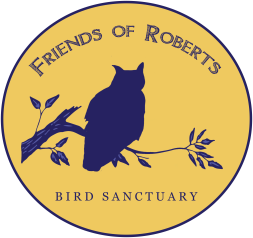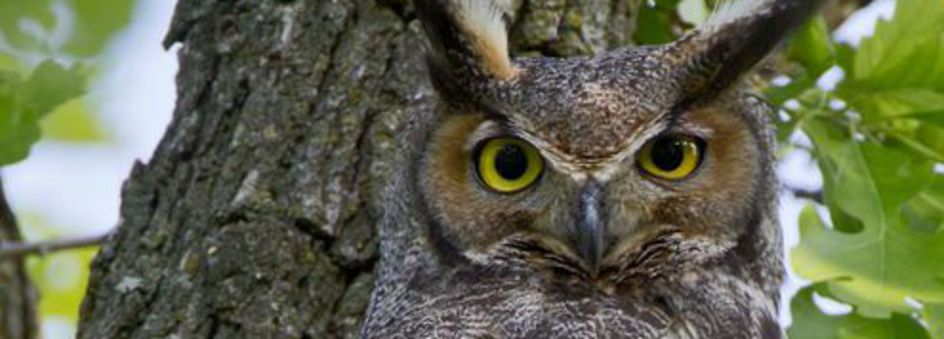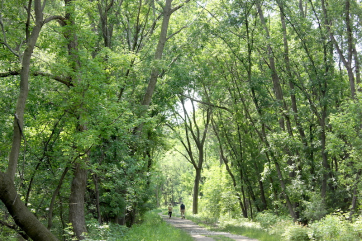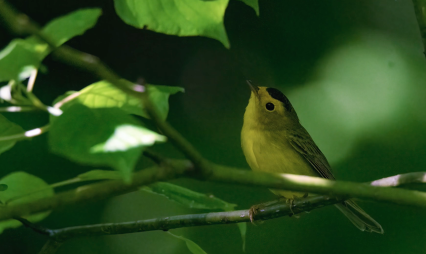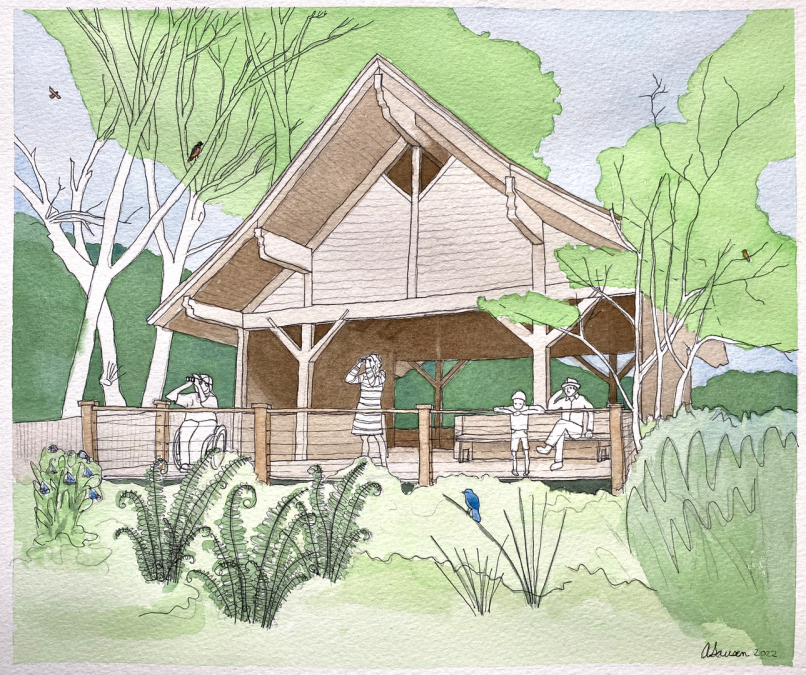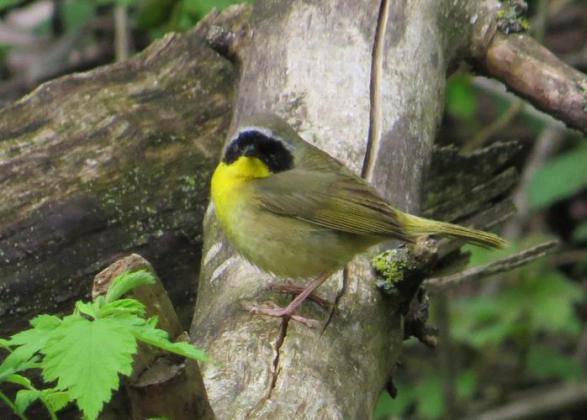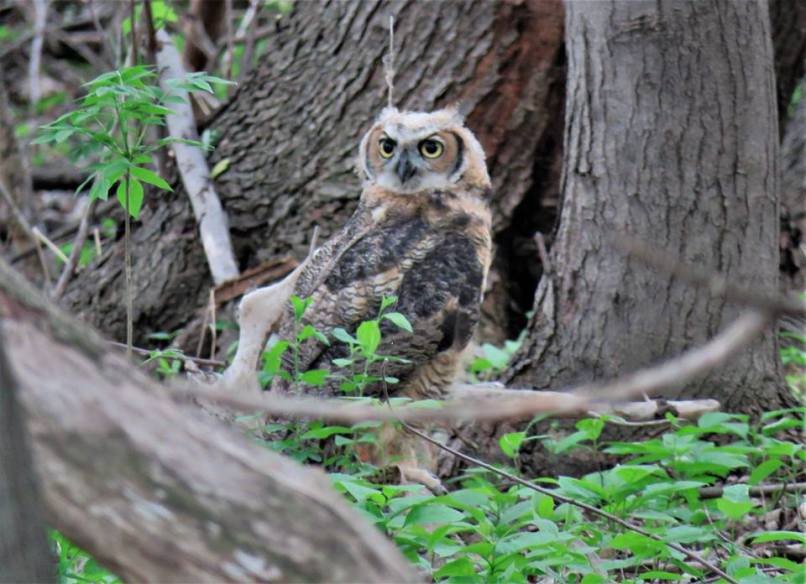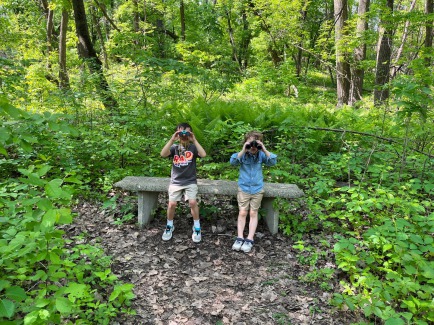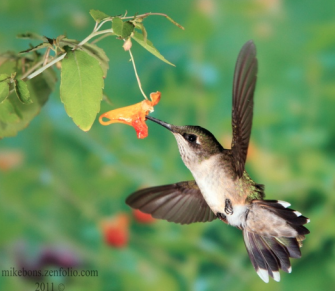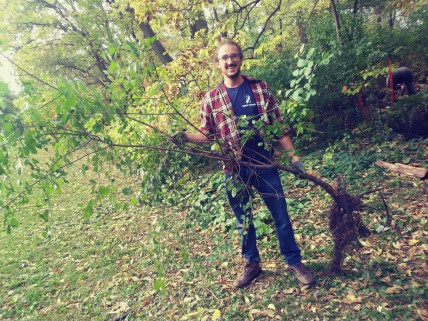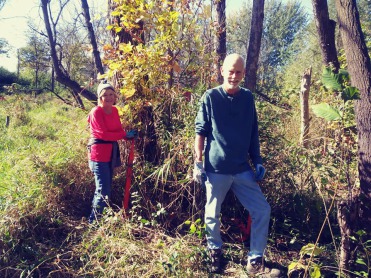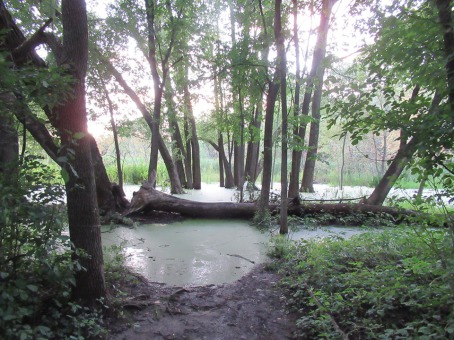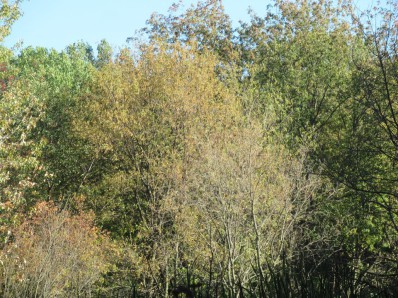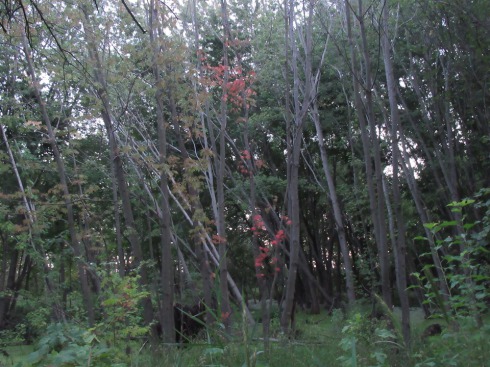Welcome
Friends of Roberts Bird Sanctuary is an all-volunteer Minnesota non-profit corporation and 501(c)3 public charity established in 2013 to protect, preserve, and enhance the Thomas Sadler Roberts Bird Sanctuary as a thriving, undeveloped habitat and sanctuary for birds and other native wildlife.
The best way to stay informed is to subscribe to our newsletter and follow us on Facebook.
See our gallery newsletter of Life in the Sanctuary during 2021 here.
We are on Dakota homelands.
We acknowledge and honor the land now known as Thomas Sadler Roberts Bird Sanctuary (and all of Lyndale Park) as the sacred homeland and birthplace of Dakota Peoples. Indigenous Peoples were residents and stewards of this land for millennia before the arrival of white settlers. The Dakota land that became the Sanctuary was adjacent to Heyata Otunwe (Cloud Man Village), near the southeast shore of Bde Maka Ska. We strive as stewards of Roberts Bird Sanctuary to honor this history and all living beings.
Photo by Michelle Bruch, Southwest Journal article
Photo by Keith Olstad
Roberts Terrace is open!
Guided Bird Walks during Migration
The best time to hear and see birds in the Sanctuary is during migration.
Spring Migration 2024
This year, Friends of Roberts will offer guided bird walks
every Saturday morning at 8 a.m. from April 20 to May 25.
Please check our Facebook page for details.
Common Yellowthroat. Photo by Stephen Greenfield.
For information about birds in the Sanctuary, visit our Facebook page or contact Steve Greenfield.
Great-horned Owlet. Photo by Shane Schmidt.
Education Programs in the Sanctuary
Friends of Roberts is pleased to offer several educational programs led by naturalists and ecologists. These events are free and open to the public. Each walk starts with a short overview in the Visitors Shelter (at the east entrance) and continues with a stroll through the Sanctuary to observe and learn.
** NOTE: Please check our Facebook Page for program dates and details. **
Youth Birding in the Sanctuary
These walks are especially for young people (with their adult guardians). Bring binoculars if you can, or we can supply. The walks are led by Amy Simso Dean, a seasoned birder and group leader who has been creating a fun environment while teaching kids about birds and their habitats for years. She's also co-founder of MYBirdClub, which seeks to inspire the next generation of birders, conservationists, and environmentalists. (photo by Amy Simso Dean)
Spring 2024 dates:
Sunday, April 28, 10:00 to 11:15 a.m.
Sunday, May 5, 10:00 a.m. to 11:15 a.m.
Sunday, June 2, 10:00 to 11:15 a.m.
Beginning Bugs for Kids
Take a guided walk to observe insects in the Sanctuary! Jessica Miller, an insect expert and teacher with a Masters in Entymology from the University of Minnesota, will help us identify insects and will explain how they contribute to the ecosystem and reflect the health of the water.
2024 Dates:
Sunday, May 26, 10:00 to 11:15 a.m.
Sunday, July 7, 10:00 to 11:15 a.m.
Invasive Species Pulls
Dedicated volunteers continue to make great progress in enhancing habitat, both in Roberts Bird Sanctuary and nearby William Berry Woods.
In Roberts, we focus on removing Buckthorn, Canada Thistle, Garlic Mustard and smaller amounts of other invasives.
At William Berry Woods, Friends of Roberts works closely with the Linden Hills Neighborhood Council, the designated Park Steward for this remnant native plant community. A committed team of volunteers sustained a huge effort from Spring through Autumn, removing large amounts of Siberian Squill, Dame's Rocket, Garlic Mustard, Honeysuckle, and Buckthorn.
2023 Buckthorn Pull Events
William Berry Woods: September 30 & October 7
Roberts Bird Sanctuary: October 21 & 28 and November 4
All pulls are from 9:30 a.m. to noon.
For information about invsasive pulls,
visit our Facebook page
or send an email to contact@friendsofroberts.org
The Sanctuary's Changing Canopy
In early September 2019, representatives of the Friends of Roberts met with foresters from the Minneapolis Park & Recreation Board about the effects on trees of the unprecedented high water levels in the Sanctuary. In short, although they confirmed that our concerns about individual trees are justified — because so many trees are struggling to survive prolonged submersion and will likely die if these flooded conditions persist indefinitely — overall the Sanctuary's trees and ecosystem are showing positive signs of regeneration and adaptation.
The foresters described a continuum or "spectrum" of water tolerance in trees, from Cottonwood to Willow and Silver Maple, to Ash and Elm, to truly upland species. They pointed out negative consequences of flooding on some specimens of Sugar Maple and Aspen — species that typically occupy higher ground — showing damage caused by their roots being submerged. Some developments that had struck us as worrisome, such as sprouts from the bases of trees now standing in water, were seen by the foresters as positive signs. These "adventitious roots” are natural methods trees use to obtain more oxygen to replace what is lost as the roots are submerged (putting them in anaerobic conditions) and so to "remain vital." We also learned that species that are relatively water-tolerant are able to send roots sideways into drier ground, and can also go dormant for some time.
While some lost trees can be replaced, regeneration will naturally come from trees already in proximity. Given the reality of ongoing climate change, we identified
other possible replacement species that are water-tolerant, from just south of our geographic area or which have already been demonstrated to survive in the Upper Midwest. Some promising more
southerly species are already present in the Sanctuary, such as Catalpa and Burr and Swamp Oaks.
The Friends will continue our focus on removing invasive species and planting natives to support biodiversity during the changes
and adaptations caused by climate change. Aggressive actions to reduce the flooding are not likely to be sustainable or to sustain biodiversity as well as natural processes, and the disruption caused
by drastic interventions is likely to reduce rather than increase biodiversity.
Other related issues such as drainage and stormwater management and adding to the biodiversity of the wetland now covered with non-native cattails and Reed Canary Grass are not the domain of the foresters, so we will be meeting with other experts about those concerns.
